
There are daily traffic jams in Jalan Masjid Negeri during the morning peak hours.
Slow-moving traffic has become the daily bane of road users on Penang Island and has recently gotten worse.
With a population of 752,800 people, the island had 1.03 million private car registrations in 2014 – a staggering increase of 32.9% in seven years from 2008.
Road users commute for various reasons and the most common is out of necessity. The existing roads have failed to keep up with the increasing number of vehicles and this has increased traffic snarls.
Daily congestion
Nur Ruzzana Md Hashim, 29, a customer service executive who works in a logistics company in the Bayan Lepas Free Industrial Zone (FIZ), battles traffic congestion daily.
“I spend an average of two hours daily on the road as there are bottlenecks in the FIZ area during peak hours, compared to only 15 to 20 minutes in the past.
“It is worse when it rains. I will need to leave home earlier in order to reach the office on time after dropping off my children to school,” she said.
Besides being wearied by the long commute and lack of rest, she lamented the impact of the time spent on the road.
“The long hours spent on the road leaves little time for me to have quality time with my family.
“Besides that, living expenses have gone up and so has my fuel consumption with the traffic congestion. I spend more than RM50 a week on fuel for a one-way distance of 6km.”
Those who have to endure the long commute from the mainland to the island for work or leisure are also feeling the impact.
While congestion and scarce parking are interrelated, insurance manager Gobal Narayanasamy, 42, finds this situation going from bad to worse.
“Coming from Bukit Mertajam, the daily traffic congestion is causing me delays in going to work.
“When I’m on the island, it’s very challenging to look for parking spots in town and at shopping malls. During the festive seasons, parking is a nightmare altogether,” he said.
Another mainland resident, Sher Ibrahim, 43, was not impressed with the current road conditions with not many alternative routes available.
“Road construction will not solve this issue in the long run, even the second Penang Bridge does not divert much traffic from the first bridge and in my opinion, is not the faster and cheaper route to the island,” he explained.
New infrastructure needed
The current traffic congestion calls for finding an immediatesolution besides strengthening the existing roads.
To the relief of Penangites, the state government recently unveiled the RM27bil Penang Transport Master Plan (PTMP) which is aimed at tackling the traffic congestion by 2030 and ensuring Penang’s prosperity beyond 2050.
Postgraduate student of Universiti Sains Malaysia, Nur Fatinah Abu Hassan, 24, resides on campus and relies heavily on public transport to get around the island during class-free days.
When asked about the state’s current public transport situation, she said it lagged behind other developing cities such as Kuala Lumpur, Petaling Jaya and Shah Alam, which has the Klang Valley Mass Rapid Transit Line 1 and 2, and the Klang Valley LRT Line 3, LRT Kelana Jaya Line, LRT Ampang Line, KL Monorail and KTM Komuter.
“I find the service of the local bus service operator Rapid Penang nowhere near satisfactory.
“The waiting time to go from Sungai Dua to the Sungai Nibong Terminal (approximately 2.3km) is around 30 minutes to one hour and the buses don’t really run according to schedule although it is one of the most used bus routes in Penang,” she said.
“The buses in Kuala Lumpur are much more frequent and on time.”
However, she welcomed the idea of the PTMP as a way to improve Penang’s transport system.
“It is good news for commuters like me when our government is taking measures to address the traffic issues while working towards making public transport more efficient as an alternative travel mode, especially with the proposed Light Rail Transit (LRT) and monorail,” she said.
Sustainable solution
To many Penangites, it is high time the state has a new form of land public transport besides buses and taxis.
Besides curbing traffic congestion, the rail-based public transport proposed by the government will be more reliable than other forms of public transport and reducereliance on private vehicles.
Mohd Yunus Yoon, 62, is concerned about the current state of congestion.
“It wasn’t like this 20 to 30 years ago. Traffic congestion started to worsen year by year about five years ago. How long more do we and the next generation have to endure before this gets worse?”
Mohd Yunus is looking forward to rail-based public transport on the island that is more environmental-friendly and provides good accessibility.
“I feel that this cost-efficient transport option will be a step in the right direction in changing the public transport scene in Penang.
“It will also reduce pollution caused by the many private vehicles on the road.
“It would be great if it covers major areas on the island such as George Town all the way to Bayan Baru. It is something people can look into,” he concluded.
Rashid Ismail, 42, who works in one of Penang’s well-known hotels, gave his thumbs up to the PTMP.
“It is timely for the government to introduce transport infrastructure that can cater for generations to come. They should go all out for it as it will benefit us all. It is a win-win situation for the residents and travellers as well.
“This will open up new opportunities for Meetings, Incentives, Conference and Events (MICE) tourism and leisure market for Penang.” he said.
Narayanasamy and Sher Ibrahim are also positive that the introduction of LRT will translate into shorter travelling time and also be cost-effective as they would not need to rely so much on their own private vehicles.
Addressing the traffic congestion could also mean a vast improvement in the quality of life.
“With an efficient public transport, I will be able to get to my destination quickly and without worrying about traffic congestion,” concluded Nur Fatinah.
Ending congestion in Penang is no longer an option and it is time for Penangites to live in a city where travelling between destinations become more convenient, accessible and stress-free.
Source: TheStar.com.my
 The Government is considering housing developers’ request to reintroduce DIBS (Developers Interest-Bearing Scheme) for first-time house buyers.
The Government is considering housing developers’ request to reintroduce DIBS (Developers Interest-Bearing Scheme) for first-time house buyers.
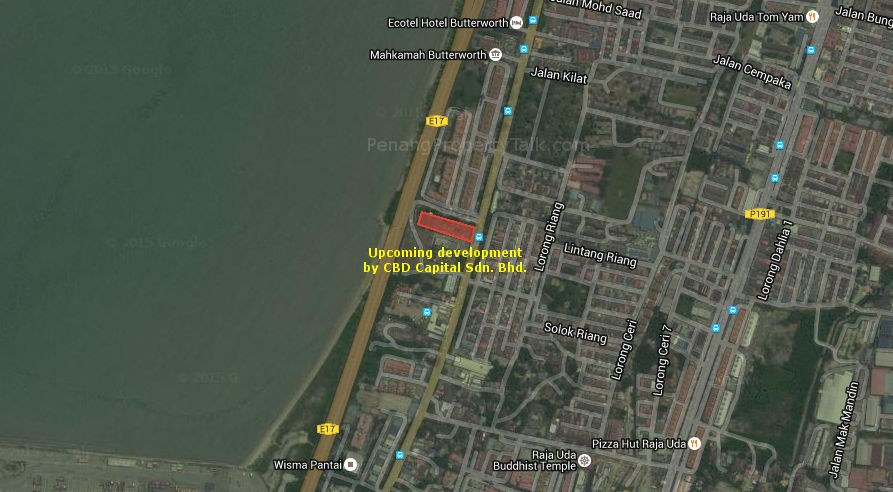
 Ewein Bhd, which is currently jointly developing the RM800 million
Ewein Bhd, which is currently jointly developing the RM800 million 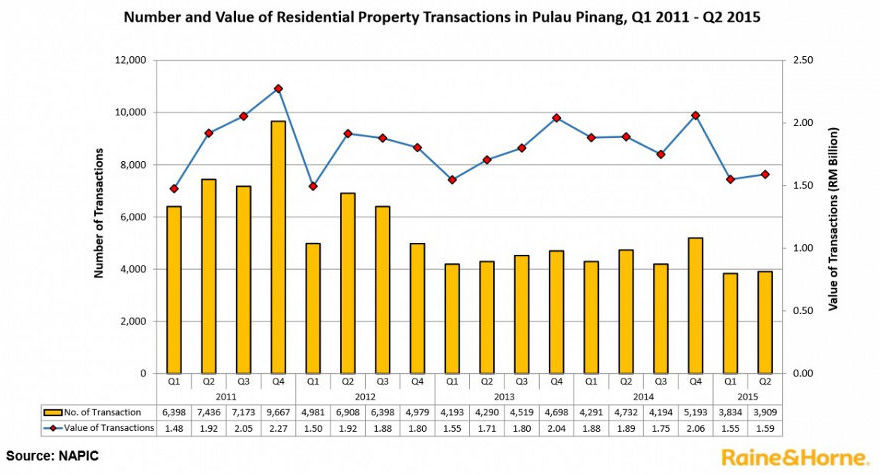
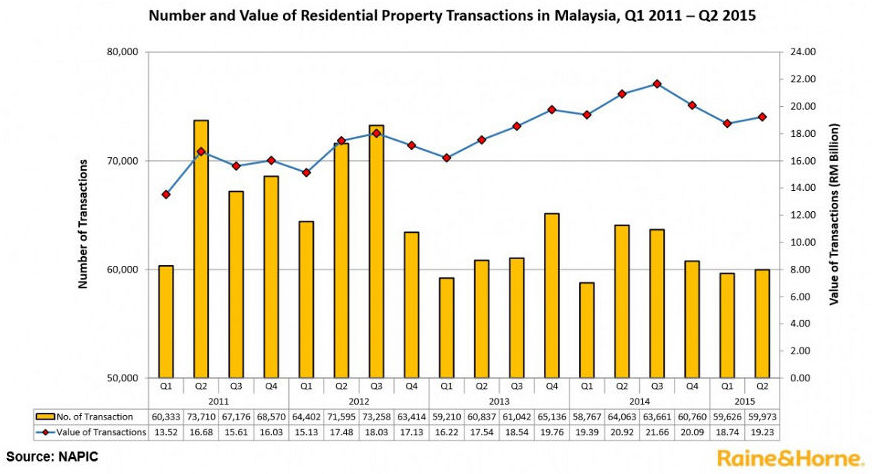

 The Real Estate and Housing Developers’ Association (Rehda) has urged Penang state government to do away with requirement for developers to build low-cost housing.
The Real Estate and Housing Developers’ Association (Rehda) has urged Penang state government to do away with requirement for developers to build low-cost housing.

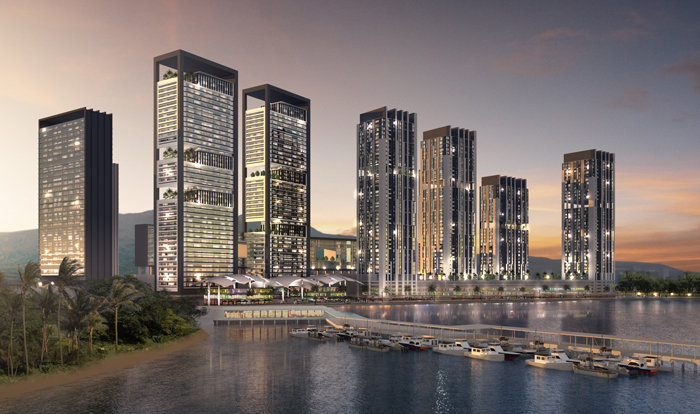


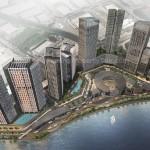


 The Penang Chinese Chamber of Commerce (PCCC) says it is willing to build the proposed new category of affordable housing units if the state government gives sufficient incentives.
The Penang Chinese Chamber of Commerce (PCCC) says it is willing to build the proposed new category of affordable housing units if the state government gives sufficient incentives.
 The Penang government and Bank Negara will hold a workshop early next month to discuss the state housing policy following a fruitful meeting between the two parties.
The Penang government and Bank Negara will hold a workshop early next month to discuss the state housing policy following a fruitful meeting between the two parties.


 Eligible Penangites should start applying for affordable housing because developers may not carry out more of such projects.
Eligible Penangites should start applying for affordable housing because developers may not carry out more of such projects.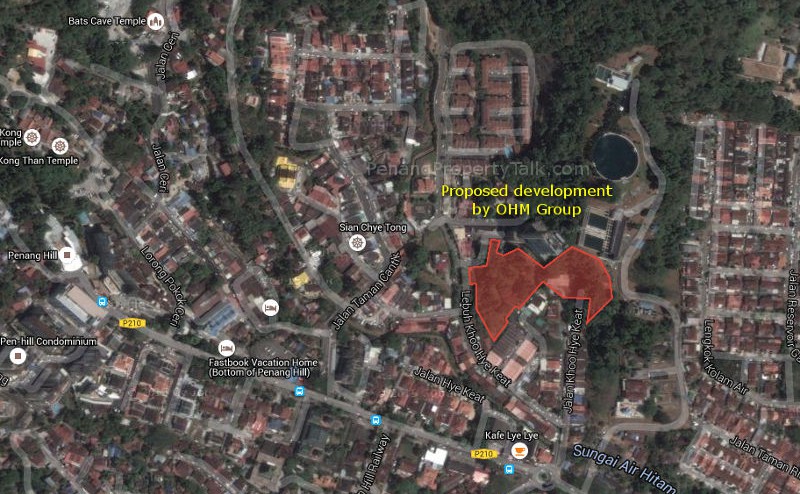
 Fresh graduates feel compelled to buy property quickly because they fear prices will soon outpace the growth of their income, said Khazanah Research Institute director of research Dr Suraya Ismail.
Fresh graduates feel compelled to buy property quickly because they fear prices will soon outpace the growth of their income, said Khazanah Research Institute director of research Dr Suraya Ismail. The Association of Banks in Malaysia (ABM) says first time home buyers who are eligible will continue to be able to obtain financing.
The Association of Banks in Malaysia (ABM) says first time home buyers who are eligible will continue to be able to obtain financing.